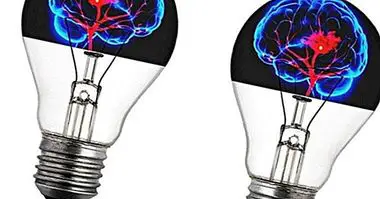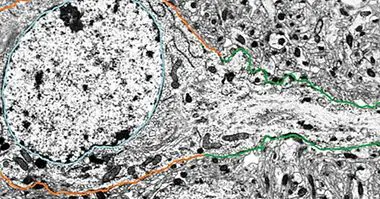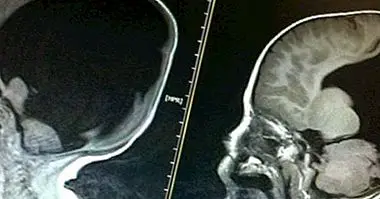Blue Brain Project: rebuilding the brain to understand it better
The human brain has been described as the most complex system that exists, but that does not stop neuroscientists and engineers from dreaming of getting to fully understand its operation. In fact, some of them have been proposed to create a digital reproduction of the human encephalon to be able to carry out with him investigations that would be impossible to carry out from the observation and experimentation with a real nervous system in operation.
This is exactly the objective of the Blue Brain Project, an incredibly ambitious initiative that was launched in 2005, promoted by IBM and a Swiss university (École Polytechnique Fédérale de Lausanne, or EPFL).

What has been done so far at IBM
For more than ten years, the Blue Brain Project He has been building a computer model that contains information about the structure and functioning of a small part of the brain of a rat. This digital reconstruction, which today corresponds to little more than a third of a cubic millimeter of tissue, aims to faithfully reproduce the way in which nerve cells connect and activate each other, and even how the fact that these activation patterns cause the brain to change physically over time because of brain plasticity.
In addition to covering many other areas of the brain, the Blue Brain Project has to take the qualitative leap that involves going from digitally reconstructing the brain of a rat to do the same with the human brain , much bigger and more complex.
What could this digital brain be used for?
The goal of the Blue Brain Project is, in short, create a computer model with which you can predict to some degree the way in which an area of neuronal tissue will be activated if it is stimulated in a certain way . That is to say, what is intended is to create a tool that allows to test hypothesis and try to repeat multiple times all kinds of experiments performed with real brains to see if the results that were obtained are solid and not the result of chance.
The potential of this project could be enormous, according to its promoters, since the existence of a digital reconstruction of large extensions of neurons would allow to obtain a "test manikin" in which to experiment with all kinds of situations and different variables that would affect the way in which the nerve cells of a human brain are activated.
With this model we could, for example, study how all kinds of cognitive processes work, such as our way of evoking memories or imagining action plans, and we could also predict which type of symptoms would produce an injury in certain areas of the cerebral cortex. But, in addition, it could serve to solve one of the great mysteries of the human brain: how consciousness arises, the subjective experience of what we live.
Studying consciousness
The idea that consciousness arises from the coordinated work of large networks of neurons distributed throughout the brain, instead of depending on a well-defined structure and hidden by some part of the central nervous system, is in very good health. This makes many neuroscientists believe that To understand what the nature of consciousness is, the important thing is to look at the patterns of synchronized activation of many thousands of neurons at once , and not so much studying anatomical structures of the brain separately.
The Blue Brain Project would allow us to observe and intervene in real time about the activation patterns of many neural networks , which can only be done in a very limited way with real brains, and see, for example, what changes occur when someone goes from being awake to sleeping without dreaming, and what happens when consciousness returns in the form of dreams during the REM phase.
The drawbacks of the Blue Brain Project
It is estimated that a human brain contains about one hundred billion neurons. To this we must add that the functioning of the nervous system is explained more by how neurons interact with each other than by their quantity, which can vary greatly without affecting the overall functioning of the brain, and therefore the relevant are the thousands of synaptic connections that each neuron can establish with the others. In each synaptic connection between two neurons, in addition, there are millions of neurotransmitters that are released continuously . This means that faithfully recreate a human brain is an impossible task, regardless of the number of years that is dedicated to this company.
The creators of the Blue Brain Project have to make up for these shortcomings by simplifying the functioning of their digital brain.What they do, fundamentally, is to study the functioning of a small part of the brain of several rats (information collected over twenty years) and to "condense" this information to develop an algorithm made to predict the activation patterns of these nerve cells. Once this was done with a group of 1,000 neurons, the researchers re-used this algorithm to recreate 31,000 neurons activating in the same way.
The fact that it has been simplified so much in the construction of this provisional model and that it is going to do the same with the human brain that wants to recreate has made many voices have risen against this project so expensive and slow development. Some neuroscientists believe that the idea of recreating a brain digitally is absurd , since the nervous system does not work with a binary language or with a predefined programming language. Others simply say that the costs are too high for the performance that can be drawn to the project. Time will tell if the initiative of the Blue Brain Project gives the fruits that were expected of it.



















